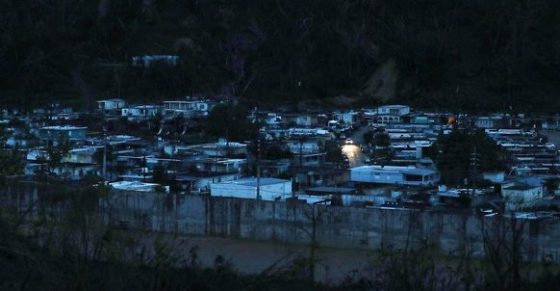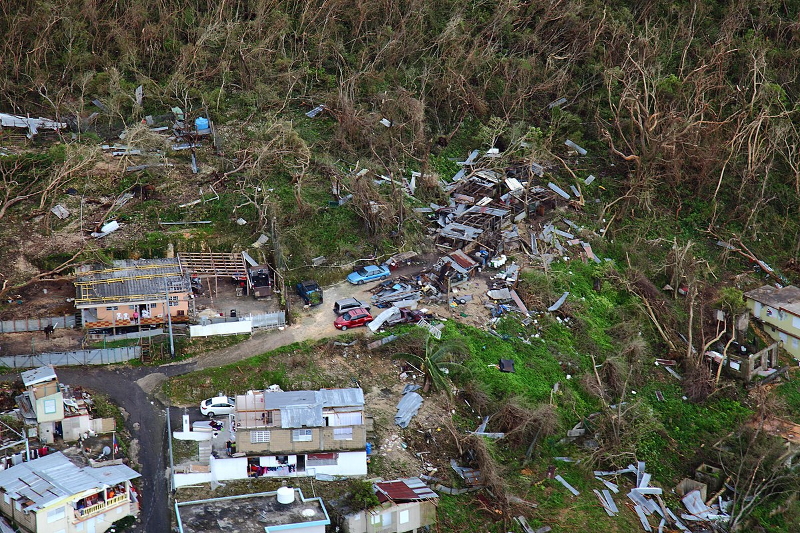The idea of having government assist after a natural disaster sounds great. It makes us feel good. Houston floods? Send millions. New Orleans floods? Send hundreds of millions. Puerto Rico? The place is a mess and needs billions and billions. It all seems right.
The great truth about government is that every penny it spends must come from somewhere and must land somewhere else.
Until you look at the details. Someone gets the money. Whether they are the same institutions who actually do the reconstruction is another matter. And what kind of relief they provide is still another question. Other people’s money usually works this way. Look closely enough and you find corruption at every level.I recall living in a town hit by a hurricane many years ago. The town mayor instructed people not to clean up yet because FEMA was coming to town. To get the maximum cash infusion, the inspectors needed to see terrible things. When the money finally arrived, it went to the largest real estate developers, who promptly used it to clear cut land for new housing developments. That’s some nice capital if you can get it.
And now we have the remarkable case of Whitefish Energy. It’s a good example of how a website can make anything seem awesome. You would never know by looking at the impressive digital space that this is a father/son business. That’s right: just two employees.
It does seem highly strange that this desktop operation in Montana would be awarded a $300 million contract to rebuild the electrical grid in Puerto Rico. That sounds outrageous. But guess what? This is a day and a half of disaster relief spending.
…click on the above link to read the rest of the article…



 Aerial photo of flooding in Puerto Rico. Washington Post
Aerial photo of flooding in Puerto Rico. Washington Post









